Langila spews ash to 2.4 km (8 000 feet) in its first explosive eruption since 2018, Papua New Guinea
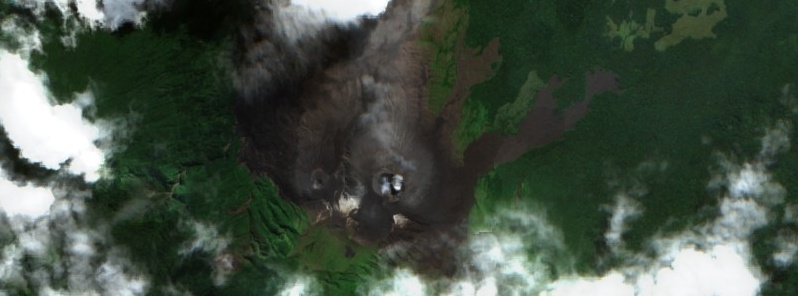
Papua New Guinea's Langila volcano emitted ash that rose to an altitude of about 2 400 m (8 000 feet) on August 2 and 3, 2020. The last explosive eruption at this volcano took place in 2018.
According to the Darwin VAAC, the plume of ash rose to 2 400 m (8 000 feet) above sea level and drifted northwest at around 07:50 UTC (17:50 LT) on Sunday, August 2.
The volcano showed continuous activity as another eruption occurred at 19:40 UTC (05:40 LT on Monday, August 3).
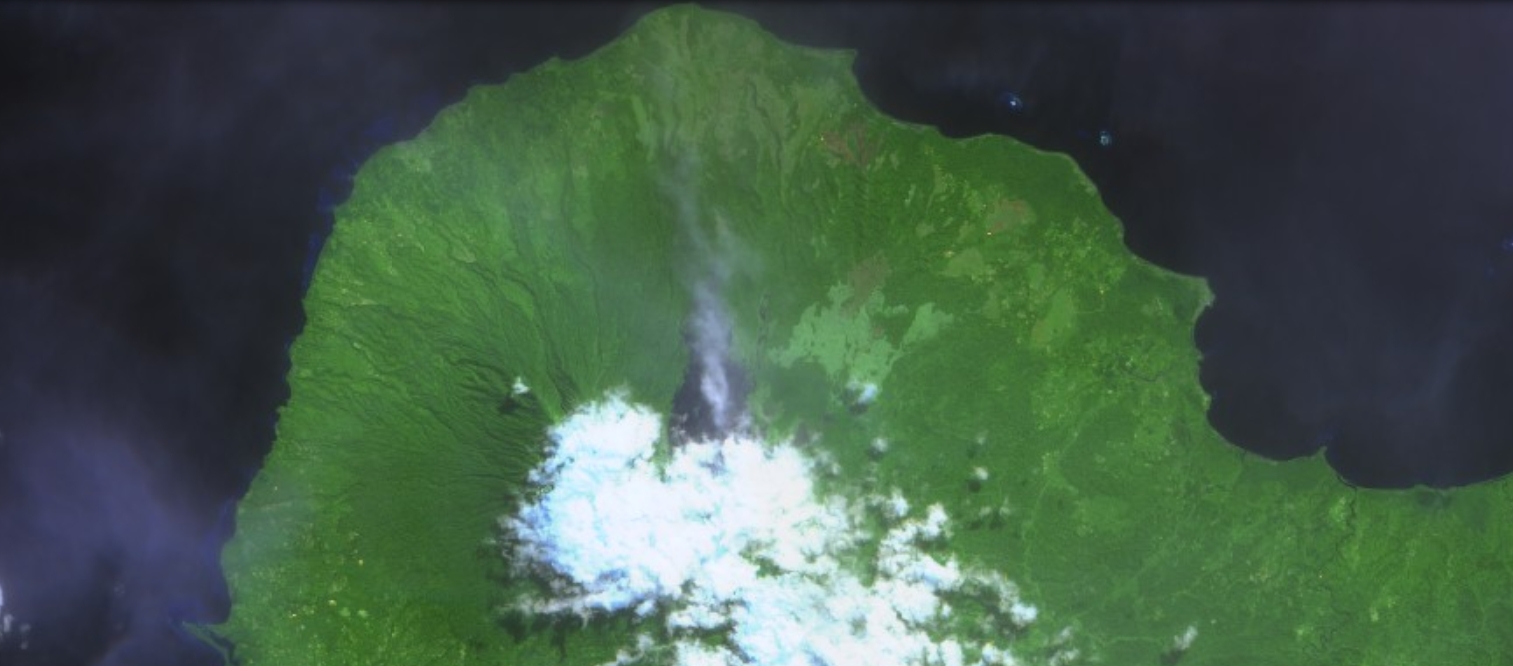
Image credit: Sentinel-2, Acquired August 1.
On July 27, incandescence was visible from the volcano as captured by Sentinel-2.
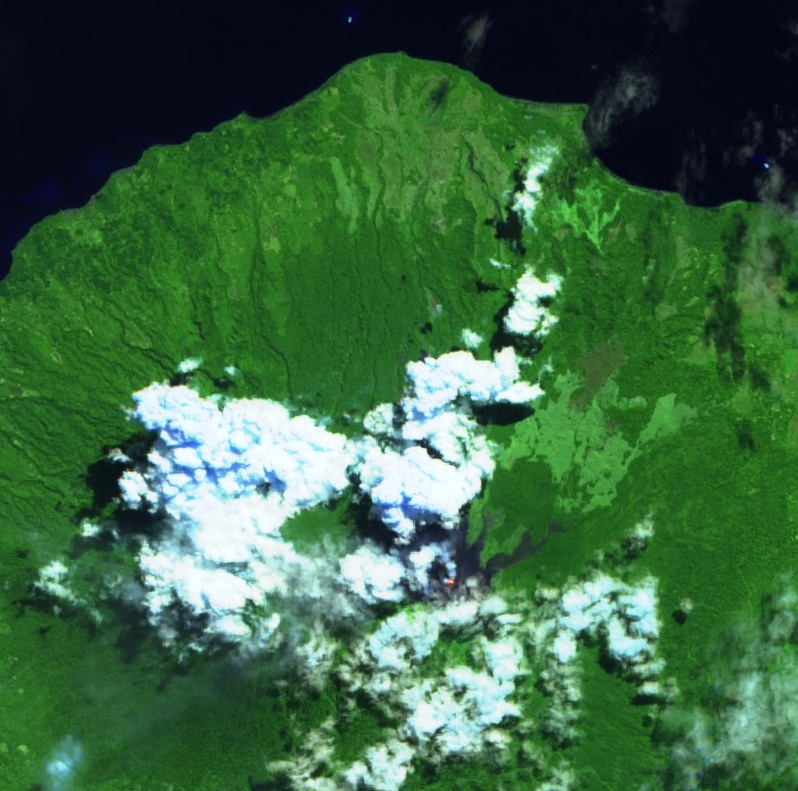
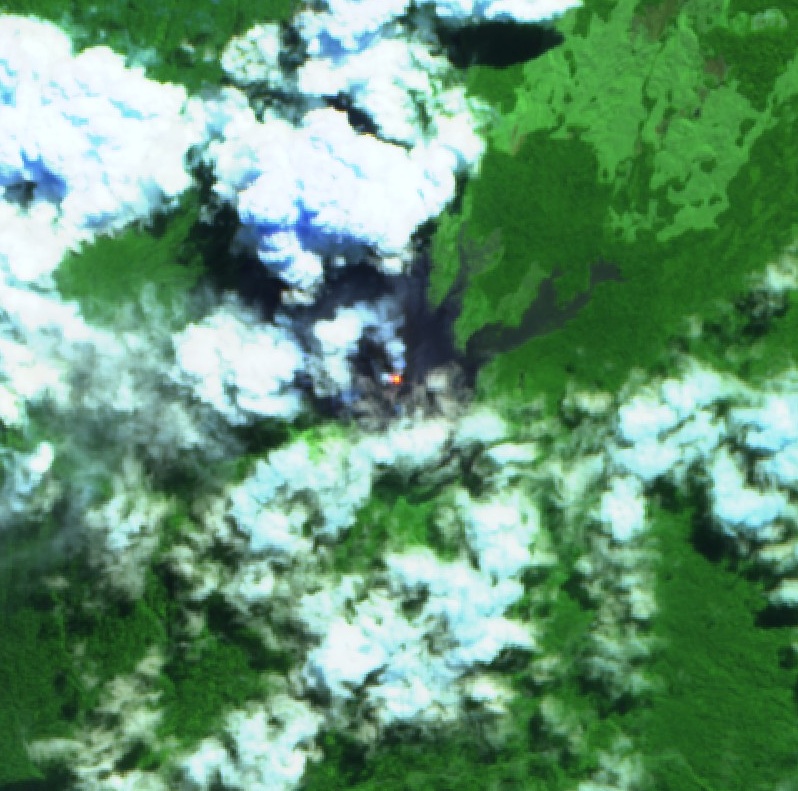
Image credit: Copernicus EU/Sentinel-2, Acquired July 27.
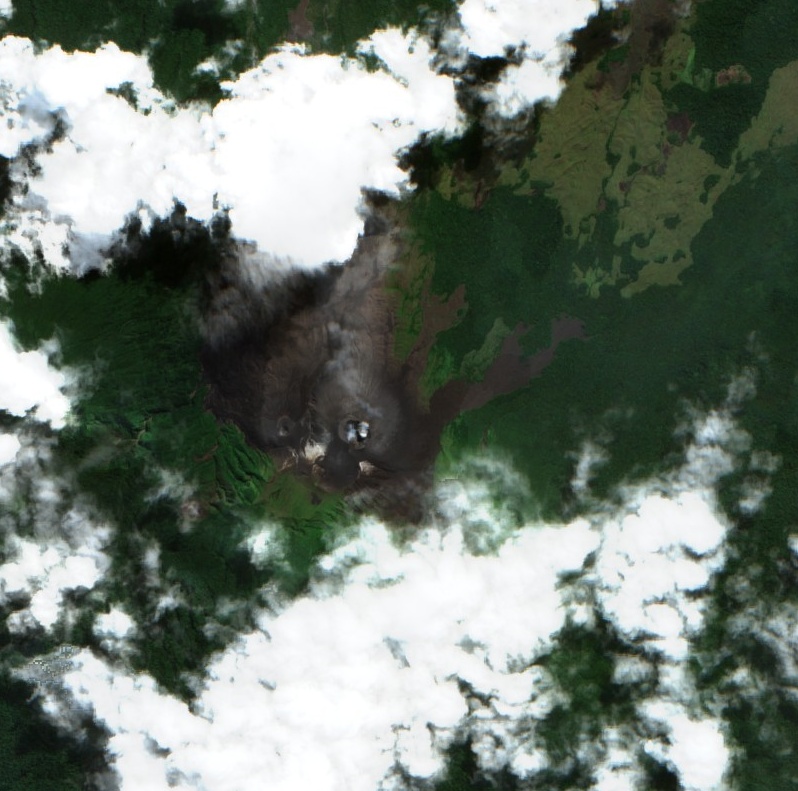
Langila on July 17, 2020. Credit: Copernicus EU/Seninel-2
Langila's last eruptive phase lasted from April 2, 2016 to October 30, 2018 (VEI 2). The volcano has only one known VEI 3 eruption — in 1954.
Geological summary
Langila, one of the most active volcanoes of New Britain, consists of a group of four small overlapping composite basaltic-andesitic cones on the lower eastern flank of the extinct Talawe volcano.
Talawe is the highest volcano in the Cape Gloucester area of NW New Britain. A rectangular, 2.5-km-long (1.5 miles) crater is breached widely to the SE; Langila volcano was constructed NE of the breached crater of Talawe.
An extensive lava field reaches the coast on the north and NE sides of Langila. Frequent mild-to-moderate explosive eruptions, sometimes accompanied by lava flows, have been recorded since the 19th century from three active craters at the summit of Langila.
The youngest and smallest crater (no. 3 crater) was formed in 1960 and has a diameter of 150 m (492 feet).
Featured image credit: Copernicus EU/Sentinel-2. Acquired on July 17, 2020

Commenting rules and guidelines
We value the thoughts and opinions of our readers and welcome healthy discussions on our website. In order to maintain a respectful and positive community, we ask that all commenters follow these rules.